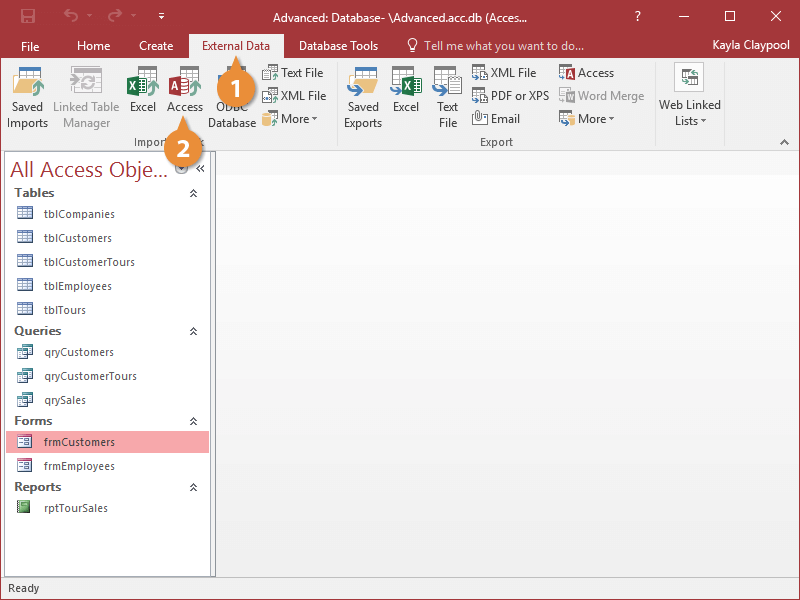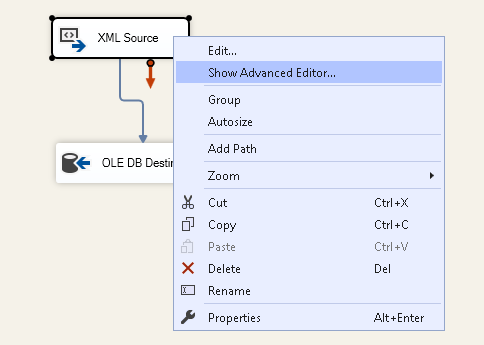
Select a mapped jail cell to import multiple XML files into a single set of mapped cells. For case, existing data in a mapped range will exist overwritten when you import data past default, but you tin change this. To control the behavior of XML data (such as information bounden, format, and layout), clickĭialog box. If the XML data file doesn’t refer to a schema, then Excel infers the schema from the XML information file. The schema of the XML data file is displayed in the To import the contents of the file into an XML table in a new worksheet starting at cell A1. To import the contents of the XML information file into an XML tabular array in your worksheet at the specified cell location. If the XML information file doesn’t refer to a schema, Excel infers the schema from the XML information file.ĭialog box, practise one of the following: Import an XML data file every bit an XML tabular arrayĭialog box, locate and select the XML data file (.xml) you desire to import, and click Open an XML data file to import its informationįor more information virtually bug, see Mutual issues with importing XML data at the end of this article. Import multiple XML data files as external data Import an XML data file every bit an XML tabular array In the XML Map, select one of the mapped cells.ĭialog box, locate and select the XML data file (.xml) you want to import, and click If you have an XML Map, do this to import XML data into mapped cells: You can write Workbook_AfterXMLImport and Workbook_BeforeXMLImport event listener procedures for these events to control what happens before and after import.If yous previously created an XML Map, you can apply it to import XML data into cells that are mapped, just there also are several methods and commands for importing XML data without an XML Map. When you import an XML data file, the two XML events AfterXMLImport and BeforeXMLImport triggered. This method also helps you for creating a data model: You can also import the XML data by clicking the Data > Get Data > From File > From XML.

Choose an option and click OK button to import XML data: You will also prompted to select a range in the worksheet telling where you want the data inserted. You can also import data from an XML file into any existing worksheet by selecting Developer tab and then clicking the Import button:Īgain, a confirmation box appears if the XML document does not reference to an existing schema document (.xsd file): You can manage the Table and the data it contains from the XML section on the Developer tab:įor example, you can export changes to the table to the XML file, refresh the data in the table, edit the properties of the XML map, open the XML Source task pane and more. The XML document, opened in the above figure, contains the following code: The table is highlighted with a blue table style (which you can change form the Design tab), and a filter (normally selected from the Data > Filter) is automatically applied. Following figure shows data from the pets.xml document: Excel styles the data which provides additional features and formatting that makes it easy to identify and modify the table. When you open an XML file as a table, Excel adds the data to a worksheet and creates a formatted table.



In this case, you will need to create your own XML Schema Description document (.xsd file extension). If you are trying to open a very complex XML document, a schema file created by Excel may be incorrect. After clicking OK button Excel tells you that it could not find the schema for the XML document:Ĭlick OK, Excel will automatically create the schema based on the content of the XML document. Select the As an XML table option and click OK.
EXCEL 2016 IMPORT XML DATA FILE HOW TO
The Open XML dialog box will be asked you to how to open the file: After selecting a file, the Open XML dialog box appears: To open an XML document from the Excel application, select File tab > Open > Browse and then choose the desired XML file (such as pets.xml file which you created on Introducing XML tutorial) from the Open dialog box.


 0 kommentar(er)
0 kommentar(er)
